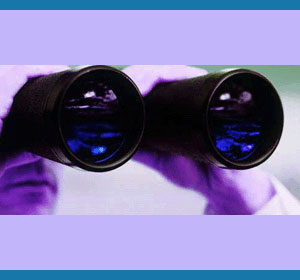
Surveillance is one of the most common investigative practices. It is used to observe, document and possibly record a target’s activities and movements for a specific legal goal. Obviously, the challenge of this particular assignment is to see without being seen, although this task can be accomplished through a wide variety of tactical methods.
This resource section is devoted to exploring the world of covert observation and recording used throughout the investigative professions. Topical articles will provide insight to particular aspects of this crucial detective activity.
Common Surveillance Activities
The goal of surveilling a subject is to see what they do during their days or nights. Covert observation of a target is enacted to determine if a subject is behaving in a particular pattern and to document their exact actions.
Observation tactics are used in workers compensation investigations, personal injury investigations and other common insurance investigation matters to check the legitimacy of claims and injuries. In these circumstances, the investigator will often try to use photo and video evidence to document any activity which is contrary to the supposed physical limitations of the claimant.
During an infidelity investigation, the detective will attempt to ascertain whether or not the subject is actually cheating, and if so, will try to catch the act on video or in still images.
Mystery shoppers are actually observation experts and can perform their functions right out in the open to document the behavior and professionalism of store employees.
There are a seemingly endless number of reasons why surveilling may be done in any particular type of detective work.
Spying Practices
Phone taps can provide a wealth of audio intelligence, but may be tightly regulated by the law.
Activity checks are a common investigation practice wherein the detective tries to gauge subject movement, schedule and activities.
Video surveilling provides live full motion evidence of a subject’s activities.
Photographic surveilling takes still images to prove a subject’s identity.
Surveilling equipment encompasses are sorts of gear that can assist detectives in watching or following a subject.
Counter surveillance is a niche specialty service used to combat known intelligence gathering efforts that may be employed against a client.
Cell phone tracking allows location identification and usage data to be accessed by a professional investigator.
Debugging services provide counterintelligence tactics to rid a location of monitoring activity.
Surveillance counter measures are various practices which are used to prevent the unwanted leakage of intelligence to competitive organizations.
Private investigation surveilling can be involved in civil and criminal cases and is the most widely used of all detective services.
Vehicle tracking allows detectives to follow any type of transport virtually anywhere in the world.
Surveillance Tactics
It is crucial to observe a target behaving normally, so therefore the investigator can do nothing to arouse the suspicion that they are actually watching the subject’s movements. This can be accomplished through a variety of modalities, including long range observation using high-tech tools, such as night vision equipment and magnification devices, telescopes, binoculars, or spotting scopes.
Covert surveilling can be performed from a vehicle, but the investigator must be wary not to stand out or stay in one location too long, which may blow their cover. Surveilling can also occur right out in the open in busy public areas, where following on foot is unlikely to be noticed. A simple change of hat or jacket can make this job very easy to accomplish.
Observation can also be performed using robotic or remote-controlled devices, such as drones, hidden video cameras, and vehicle-mounted surveilling cameras which are often linked to motion detectors for extended operations.
Surveilling and Documentation Tips
As an investigator who specializes in observation techniques, I can tell you that this particular facet of the industry is one of my favorite types of assignments and is also a real challenge.
Certain situations, such as the target’s living arrangements or schedule can make ongoing observation very difficult, but a good investigator will always find a way to follow their mark. This cat and mouse game is always easier if there is more than one investigator available at a time, since multiple unit observation is less risky and far more effectual.
To learn more about how a private detective can use covert observation tactics to document and record a subject’s activities in order to discount a claimed injury, catch a cheater, or for any valid reason, contact a qualified professional investigator near you.



